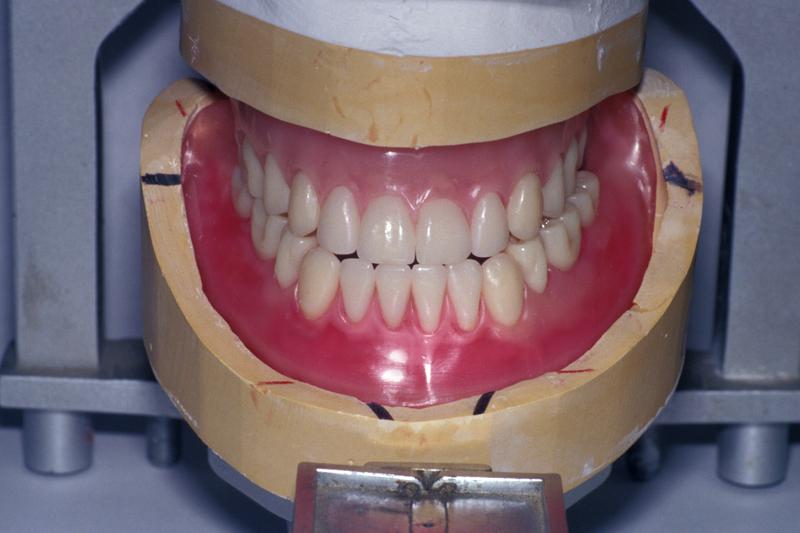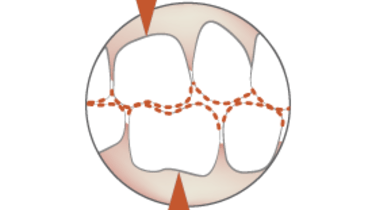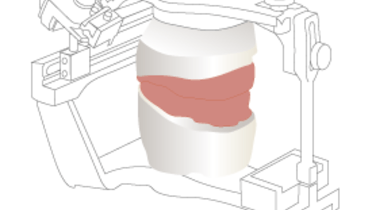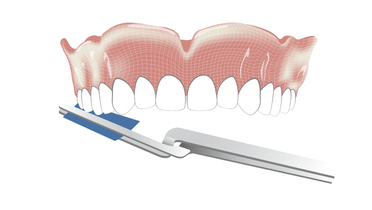-
0
Patient Assessment
- 0.1 Patient demand
- 0.2 Overarching considerations
- 0.3 Local history
- 0.4 Anatomical location
- 0.5 General patient history
-
0.6
Risk assessment & special high risk categories
- 5.1 Risk assessment & special high risk categories
- 5.2 age
- 5.3 Compliance
- 5.4 Smoking
- 5.5 Drug abuse
- 5.6 Recreational drugs and alcohol abuse
- 5.7 Parafunctions
- 5.8 Diabetes
- 5.9 Osteoporosis
- 5.10 Coagulation disorders and anticoagulant therapy
- 5.11 Steroids
- 5.12 Bisphosphonates
- 5.13 BRONJ / ARONJ
- 5.14 Radiotherapy
- 5.15 Risk factors
-
1
Diagnostics
-
1.1
Clinical Assessment
- 0.1 Lip line
- 0.2 Mouth opening
- 0.3 Vertical dimension
- 0.4 Maxillo-mandibular relationship
- 0.5 TMD
- 0.6 Existing prosthesis
- 0.7 Muco-gingival junction
- 0.8 Hyposalivation and Xerostomia
- 1.2 Clinical findings
-
1.3
Clinical diagnostic assessments
- 2.1 Microbiology
- 2.2 Salivary output
-
1.4
Diagnostic imaging
- 3.1 Imaging overview
- 3.2 Intraoral radiographs
- 3.3 Panoramic
- 3.4 CBCT
- 3.5 CT
- 1.5 Diagnostic prosthodontic guides
-
1.1
Clinical Assessment
-
2
Treatment Options
- 2.1 Mucosally-supported
-
2.2
Implant-retained/supported, general
- 1.1 Prosthodontic options overview
- 1.2 Number of implants maxilla and mandible
- 1.3 Time to function
- 1.4 Submerged or non-submerged
- 1.5 Soft tissue management
- 1.6 Hard tissue management, mandible
- 1.7 Hard tissue management, maxilla
- 1.8 Need for grafting
- 1.9 Healed vs fresh extraction socket
- 1.10 Digital treatment planning protocols
- 2.3 Implant prosthetics - removable
-
2.4
Implant prosthetics - fixed
- 2.5 Comprehensive treatment concepts
-
3
Treatment Procedures
-
3.1
Surgical
-
3.2
Removable prosthetics
-
3.3
Fixed prosthetics
-
3.1
Surgical
- 4 Aftercare
咬合方案
Key points
- 缺齿患者的口腔修复咬合应符合生物和功能原则,确保咬面关系最佳
- 无论是全口义齿还是种植体治疗,都无明显证据表明任何一种咬合方案能获得更好的临床效果
各种各样的咬合方案
针对缺齿患者进行牙齿修复,可选择咬合方案。各种方案的临床效果一直存在争议,没有一种方案具有明显的优越性。但是,虽然选择哪种确切方案并不重要,但临床医师必须确保在选定方案后,应仔细设计咬合方案,经常进行评估并根据需要进行改善。
种植体修复需要或支持具体咬合方案的初步看法并未得到临床检查结果的证实。只有有限的科学依据表明,咬面超负荷是种植体骨质流失或种植体脱落的先兆。
基本原理
然而,普遍接受的基本原理适用于大多数咬合方案。应遵循以下决定因素:
- 可接受的咬面距离
- 闭合时双侧中央定位器的最大数量
- 后移接触范围自由
- 多方位自由接触移动
为了深入评估咬面和咬合方案,建议读者阅读参考资料。




